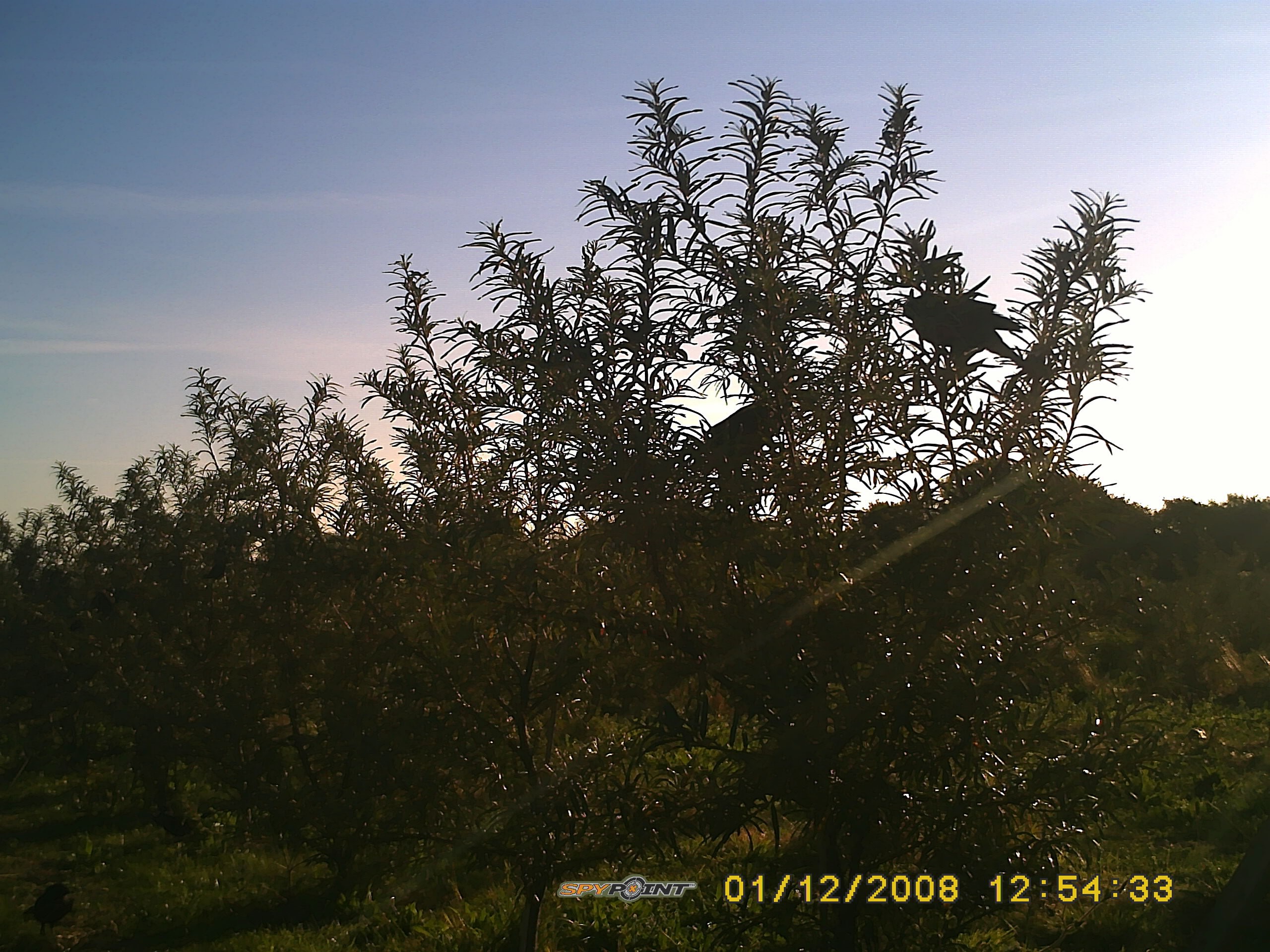For farmers summer always has been the focus of the year. Harvest a time when all the effort for the whole year is revealed as a quantifiable result in crop yield, back in the grain store. But that is only half the job. Success or failure in the grain store is a combination of human effort over environmental condition. The crop then has to be converted into cash, to balance the books and to provide profit to improve facilities, replace machinery, repairs and renewals, reduce loans or borrowings and then provide for new enterprise to make the business grow.
UK Farming is a part of a global market. So for all the effort that goes into producing our crop, market competition is actually the issue that will make the difference on our bottom line this year. A strong sterling pound makes export uncompetitive. This might change over the coming year, but cashflow demands that sales happen to meet bills that have to be paid. We might be part of Europe, but we still compete with european farmers for global markets, so with german and french grain quality up and the euro being weak again the UK grain price is going to need to weaken to export.
This market issue is the same influence that is forcing down the price of milk for UK dairy farmers. The milk industry has been controlled by milk quotas, created after the Milk Marketing Board was abolished in the 1980s to reduce the amount of milk coming onto the market and stabilise prices. Quotas were only a european control, but in the 1980s, half of the current European Union was behind the Iron Curtain. In April this year the quyotas were removed. the brakes came off and anyone with a capacity to milk more cows started to produce more milk. How the yoyo of market controls revolves! Milk is a commodity and a fresh product until it can go through an added value process. In its raw form it has a short life and consumers only drink a limited quantity, the rest has to go into butter, cheese, yoghurt, cream, iced cream and then on into processed multiple ingredient product. So the milk price is governed like my wheat by market conditions.
As an ex dairy farmer and a commodity grain producer it was this business model that I wanted our family business to break away from. Commodity production creates low profit and therefore reduces potential for business growth.
My first experience of a successful added value farm having sort my fortune abroad in 1979 in the Middle East – selling fresh UK dairy produce to the ex pat population in Dubai. A Dubai that was very different to that of today. The product brand was Longley farm. A Yorkshire farm business with jersey cows that had developed a huge range of premium yoghurt, cream etc. Spectacular product, flown in fresh every week in non-refridgerated containers. A premium niche perishable product but one that had broken that family dairy farm away from its commodity cycle and produced a business with growth potential in product sales, margin and profit.
It was this scenario that has led me into sea buckthorn. It is still a crop, although a niche crop. It has specific qualities that class it as a superfruit but it channels into a wide range of markets. It has been developed in Europe for 50 years, although the fruit has never penetrated the volume market. It is difficult to harvest and as a small EU industry it has not generated the investment needed to drive it forward to gain market share. On a more global scale, where employment costs and availability are not issues, then the crop is developing at a pace.
Interest in the market is growing, and for a small farmer such as myself a niche crop with added value potential with significant barriers to entry I find attractive. Experience reveals problems that are there to solve. Timing is an issue as the market will switch off if it takes too long to wait for a product that is considered unreliable.
If harvesting is a problem then it should be solved by investment. This statement is true, but the problem has been solved in germany with a mechanical system to both cut and process, but the issue is this is only available at a very high cost. Prototype machinery is expensive. it proves the system. The secondary stage is more important which is creating affordability through market demand. The crop needs to develop a volume market before a machinery manufacturer can start to sell enough harvesters to bring prices down to affordable levels for smaller farmers.
I have just mentioned the phrase – ” the crop needs to develop a volume market” – do I really mean that? What of the lessons of the milk industry? There is comfort in being a small producer within a small niche premium market with little or no competition. But even this is not true. The market has to be created; the product has to be produced within regulations and to a consistent quality and quantity. There always will be niche and volume markets for commodities within the same market, but if there is no market or only a weak one then either it needs high levels of risk investment or just methodical and steady process that looks to a long term development for success.


